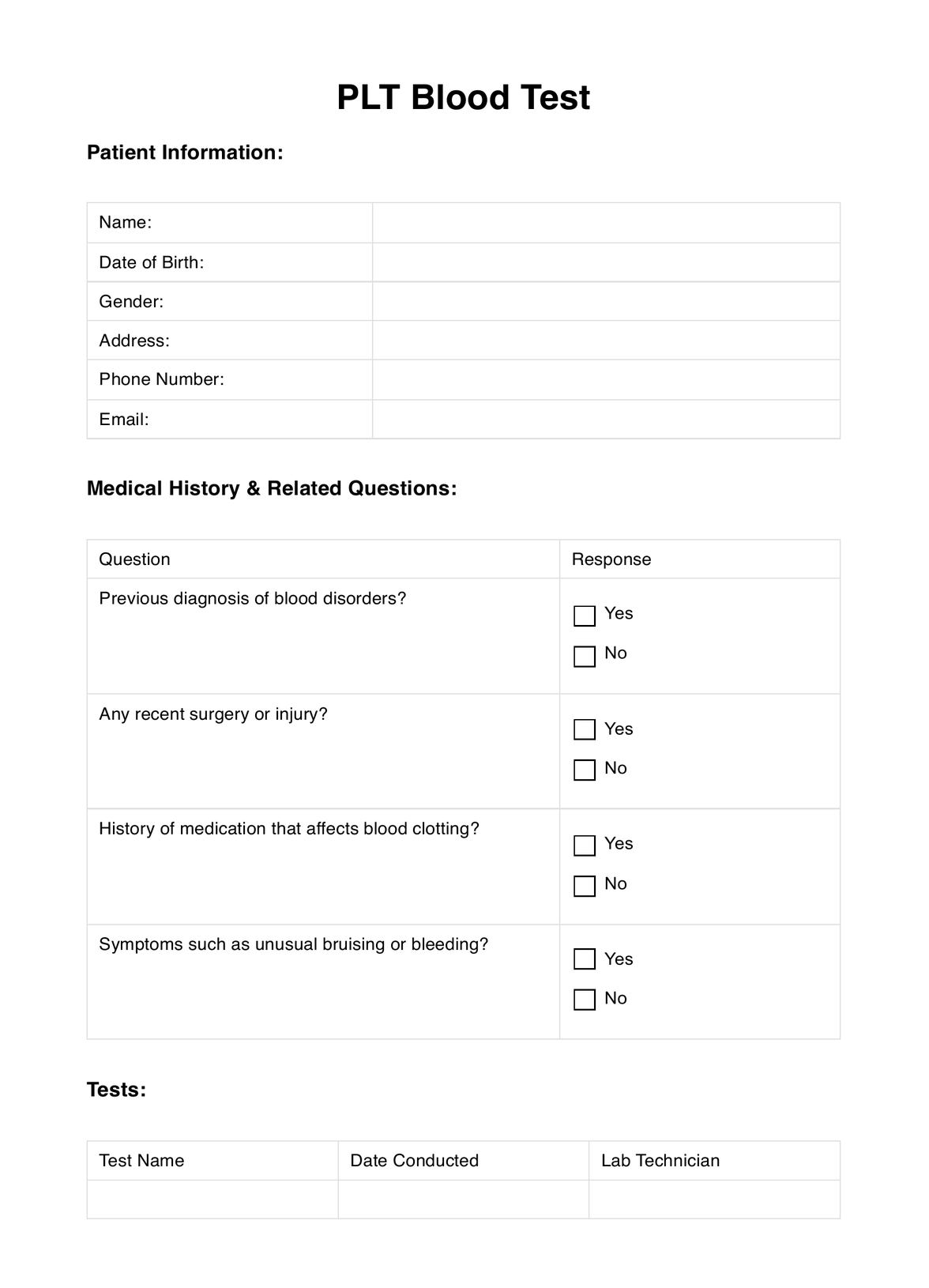The SHBG Blood Test measures the level of Sex Hormone Binding Globulin in the blood, which is crucial in regulating the amount of testosterone and estrogen available to the body.

Explore the comprehensive guide on the SHBG Blood Test, understand its importance, and discover how Carepatron revolutionizes healthcare management.
The SHBG Blood Test measures the level of Sex Hormone Binding Globulin in the blood, which is crucial in regulating the amount of testosterone and estrogen available to the body.
The frequency of the SHBG Blood Test depends on the individual's health condition and the doctor's recommendation. It's often used to diagnose or monitor certain medical conditions.
Yes, Carepatron offers a comprehensive platform where healthcare professionals can manage and analyze the SHBG Blood Test results efficiently.
EHR and practice management software
*No credit card required
Free
$0/usd
Unlimited clients
Telehealth
1GB of storage
Client portal text
Automated billing and online payments